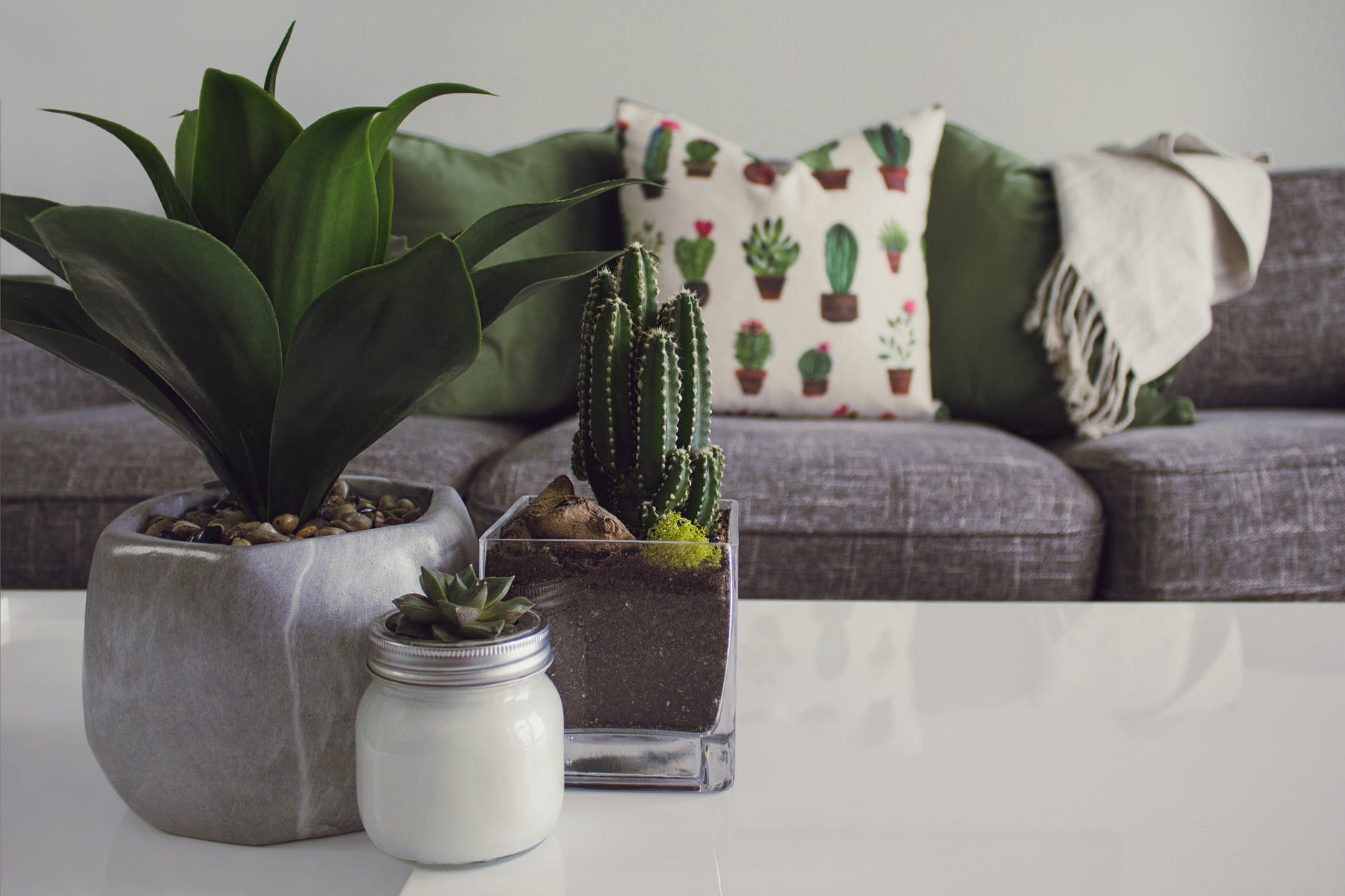Designing a functional home can be an easy task as long as you incorporate the space it provides. This includes increasing the space vertically, lifting artwork, and raising storage to provide an increased amount of room which will also produce even home flow.
When it comes to space, maintaining the surface is seen as the most intricate for overall functionality. Do your rooms all have plenty of surfaces to provide functionality? If you are unsure, we’ve listed six ways to add functionality to a home.
1. Avoid Over Stuffing Your Closet
No matter how much stuff you have, when you overstuff things in your closet, it will only create clutter. You will also put pressure against your custom interior French doors. This could make it difficult to open and close if things are pressing against them.
Ensure that you have enough space where every item can be seen still and you will be able to have some wiggle room for any extras. If anything, you can always downgrade the number of items you have if your closet is stuffed.
2. Provide Emptiness
There is no need to fill every empty place that you see. By saving a little bit, your family will have the space to do other things together that they all enjoy. Having some emptiness also means you shouldn’t have to rearrange your couches or chairs in order to make more of it.
3. Situate Storage Baskets Throughout
By situating baskets throughout your home your belongings will remain organized in a single spot.
Easily situate different size baskets in the main living room so that they can be gathered up easily and without appearing messy.
Maintain a basket upstairs or in each bedroom and bathroom so that when it is time to empty them, they can be brought together as a whole and maintaining organization.
4. Imagine Functional Furnishings
By bringing in functional furnishings, you are adding more beauty to a space.
Home furnishings receive a lot of use on a daily level, which is true if kids are part of the mix. The best way to handle it is by choosing a material that you won’t have to worry much about.
Bring in items that are able to withstand the daily grind. Great examples include canvas and microfiber items which will be strong enough to handle a lot of traffic. For colors, go with dark browns or grays which will be able to conceal any stains that may occur.
5. Stow Belongings Appropriately
When you stow your belongings, think about the type of item it is while deciding where to place it, as well as the number of times that the item will be used. If there are things that you rarely use, then make sure that they are not in the mix and are placed in the basement or attic. For the things that get used often, place them in spots that have easy access. This way the belongings can be grabbed whenever they are needed and can be put back just as easy when done using them.
For instance, all of your small kitchen tools like your blender, bread maker, and mixers can be stowed out of the way underneath your prep area. This allows easy access to reach the tools when needed. When you pair relatable things, it can also make things easier because you won’t have to search for things you often use.
6. Maintain Cleared Surfaces That Are Used Daily
The last thing that you want to do is decorate an area that is used every day, just to clear it continuously in order to use it and then replacing the items when finished. Also, if the items are not replaced, then another area becomes clutter.
It may take a while to get used to a cleared space on your counter. By maintaining cleared spaces, such as a kitchen island, you will always have the available space for food prep along with the tools needed. By keeping items you use neat, it will also keep your tables clear until you use them.
Likewise, try not to go overboard with decorating your home’s couches and chairs, especially with extra pillows that you don’t want to keep putting back. Some things are best with being left out.



